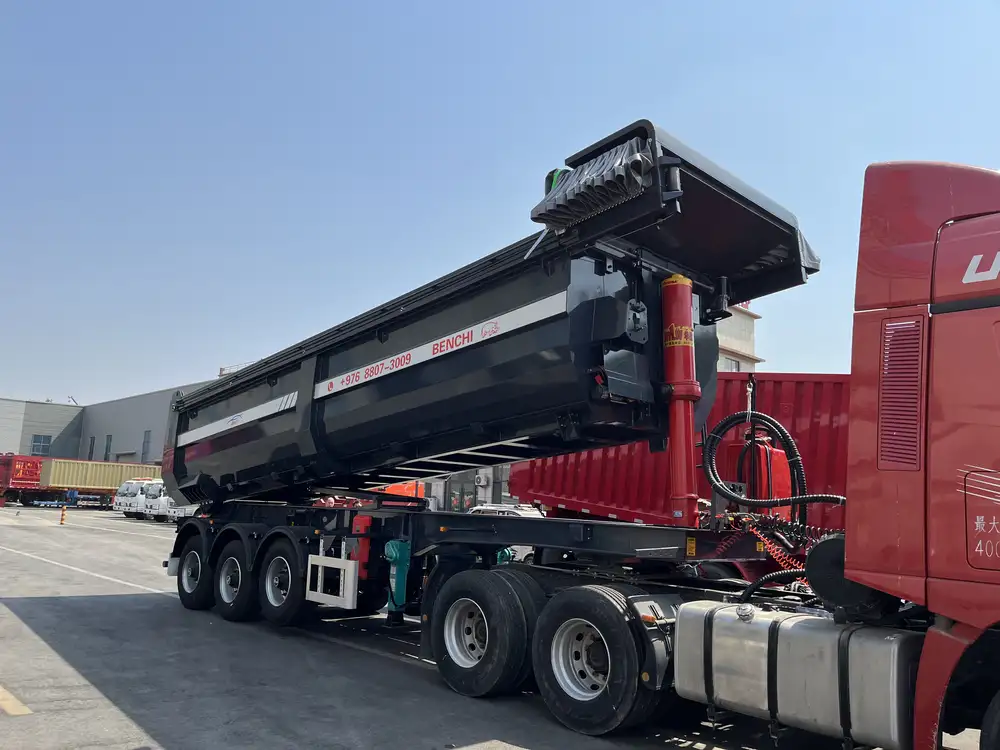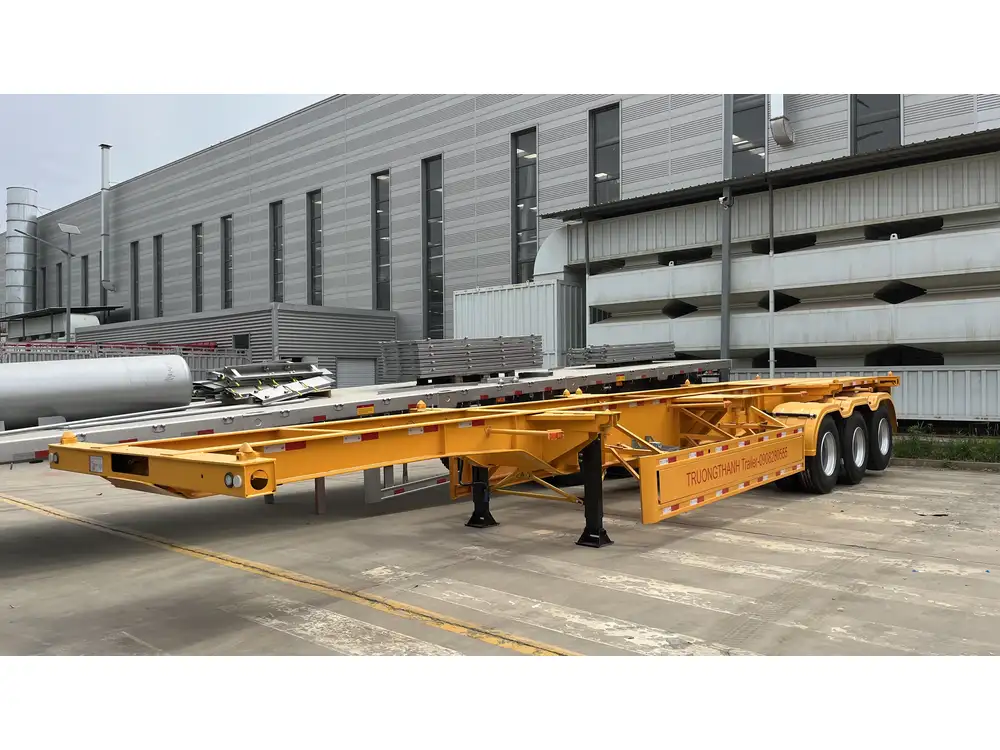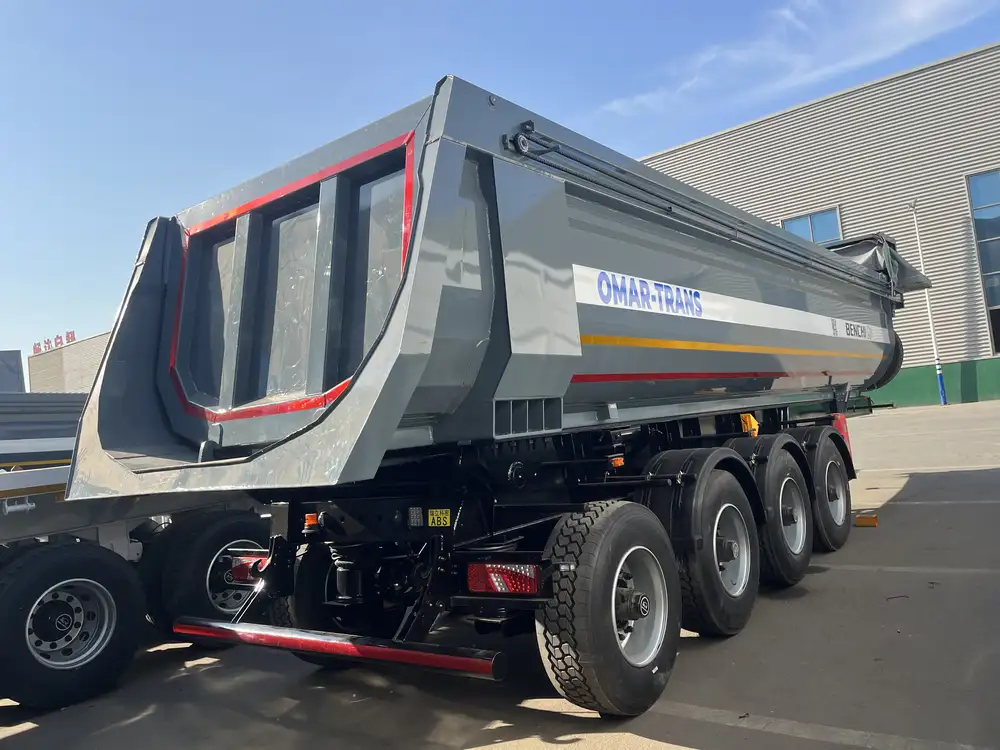Moving a semi-trailer without a semi can seem daunting, especially if you are unaccustomed to hauling large, heavy loads. The process requires careful planning, the right equipment, and an understanding of the legalities involved. This guide provides detailed methodologies to navigate through the intricate task of relocating a semi-trailer safely and efficiently.
Understanding Your Semi-Trailer
Before delving into the moving process, it’s essential to comprehend the characteristics of your semi-trailer. These trailers come in various types including dry vans, refrigerated units, flatbeds, and tankers, each having unique features that can affect mobility:
| Trailer Type | Key Characteristics | Ideal Moving Method |
|---|---|---|
| Dry Van | Enclosed structure, cargo protection | Towing or dollies |
| Refrigerated | Requires constant cooling | Towing with power supply for refrigeration |
| Flatbed | Open structure for oversized loads | Towing with appropriate securing |
| Tanker | Liquid transport, often unstable | Use specialized dollies or trucks |
Identifying the Trailer Weight and Dimensions
Knowing the weight and size of the semi-trailer is crucial in determining the best moving approach. Use a weighbridge or consult the manufacturer’s specifications to find the Gross Vehicle Weight Rating (GVWR). This knowledge is vital for selecting the appropriate towing equipment.

Equipment Required for Moving
Towing Vehicle: A robust vehicle capable of handling the trailer’s weight is essential. Consider using:
- Pickup trucks with heavy towing capacities.
- Commercial trucks equipped with towing hitches.
Dolly Systems: For relocation in confined spaces or without a towing vehicle, consider using dolly systems, which can support the weight of the semi-trailer while allowing for easy maneuverability.
Winches and Straps: Utilizing winches can help in pulling the trailer when needed. Coupled with high-strength straps, they ensure secure attachment and stability.
Ramp or Lift: To facilitate loading or unloading of the trailer, a ramp or a hydraulic lift can be invaluable, especially in circumstances where the ground level is not aligned.
Legal Considerations
Before proceeding, it’s important to know the regulations governing the transport of semi-trailers within your jurisdiction which might include:
- Permits: Check if a special permit is needed for moving oversized loads.
- Insurance: Ensure that adequate insurance covers the semi-trailer during transport.
- Road Rules: Familiarize yourself with local road guidelines to avoid hefty fines or legal complications.
Step-by-Step Guide to Moving

Step 1: Assess the Loading Area
Evaluate the location from which the trailer will be moved:
- Confirm that there are no obstacles like overhanging branches or power lines.
- Measure the turning radius to prevent mishaps during the maneuvering process.
Step 2: Secure the Trailer
Ensure the semi-trailer is properly secured before attempting to move it:
- Engage the trailer’s brakes.
- Block the wheels using wheel chocks to prevent rolling.
Step 3: Connect Towing Equipment
Properly attach your towing equipment:
- Position your vehicle and align the hitch with the trailer’s coupling.
- Securely fasten all components and double-check attachments.

Step 4: Utilize the Right Moving Method
Here’s how to move a semi-trailer without a semi using different methods:
Towing with a Pickup Truck
- Hook Up: Align the pickup truck with the trailer, lowering the hitch until it fits over the trailer’s coupling.
- Test Connection: Ensure all connections are firm and secure.
- Drive Slowly: Begin to move slowly, allowing the trailer to follow. Use mirrors generously to keep an eye on obstacles and trailer angles.
Using a Dolly System
- Position Dollies: Place the dollies beneath the axles.
- Lift: Use a hydraulic jack to elevate the trailer, allowing the dollies to slide into place.
- Steer: Carefully guide the trailer using the dollies. Ensure sufficient space to maneuver without hitting obstacles.

Step 5: Monitor the Transport
While transporting, be vigilant:
- Check the trailer’s attachment periodically.
- Watch for signs of swaying or instability in the trailer’s movement.
Step 6: Unloading the Semi-Trailer
Once you’ve reached your destination:
- Secure the area, making sure it’s clear of hazards.
- Use a ramp or a lift for unloading, especially for heavy cargo.
- Follow reverse steps to safely detach the trailer from the towing vehicle or dolly.
Step 7: Post-Move Inspections
After moving, conduct thorough inspections:
- Check tires for wear after any long-distance transportation.
- Inspect the braking system and hitch connections.
- Audit the cargo to ensure that no damage occurred during transit.

Additional Considerations
Seasonal Planning: Weather conditions can significantly impact the ease of semi-trailer movement. Avoid transporting during adverse conditions such as heavy rain, strong winds, or snow.
Local Regulations: Local jurisdictions might have additional regulations regarding noise restrictions, which can affect the timing of your move.
Emergency Preparedness: Always carry essential safety equipment, including:
- First aid kits
- Fire extinguishers
- Basic tools for roadside repairs
Frequently Asked Questions
Can I move a semi-trailer without a special license?
It largely depends on local regulations. In many areas, moving a semi-trailer might necessitate a Commercial Driver’s License (CDL) especially if the trailer exceeds particular weight limits.

Is it more cost-effective to rent moving equipment ?
Renting can be significantly more affordable than purchasing equipment, especially if you only need to move a trailer occasionally. Check local rental companies for the necessary equipment.
What are the risks associated with moving a semi-trailer without a semi?
The primary risks involve loss of control, especially if the trailer is too heavy for the towing vehicle or equipment being used. Additionally, improper securing can lead to trailer detachment, posing a danger to yourself and others on the road.
Conclusion
The process of moving a semi-trailer without a semi requires careful preparation and the right strategy. By understanding your equipment, assessing legal requirements, and following a structured moving plan, you can mitigate risks and ensure a successful relocation. Always prioritize safety and compliance while engaging in any trailer-moving activities. With the right information and tools at your disposal, moving a semi-trailer can become a manageable task, opening the door to increased flexibility in logistics management.



